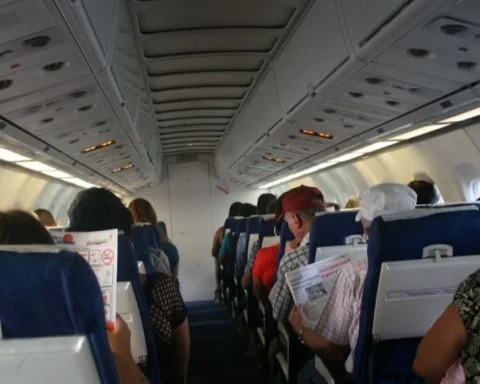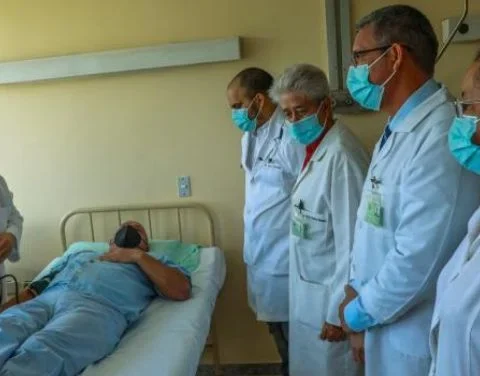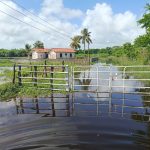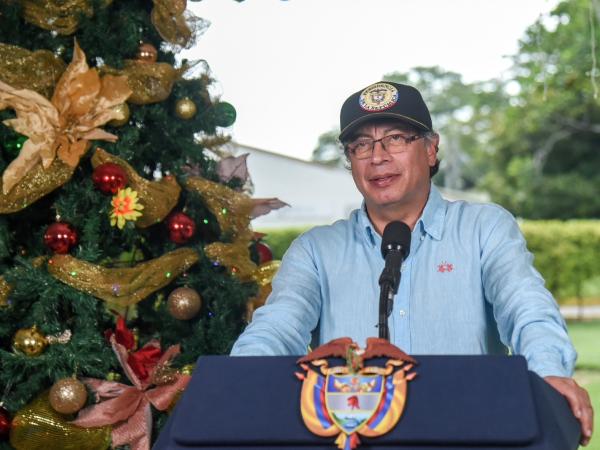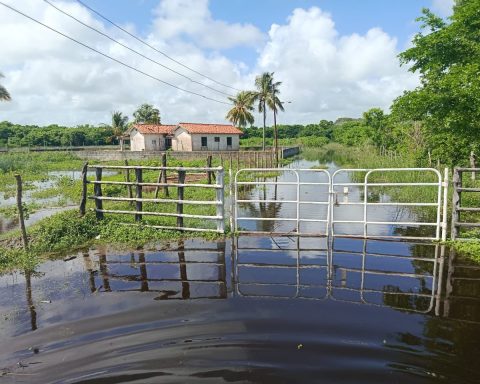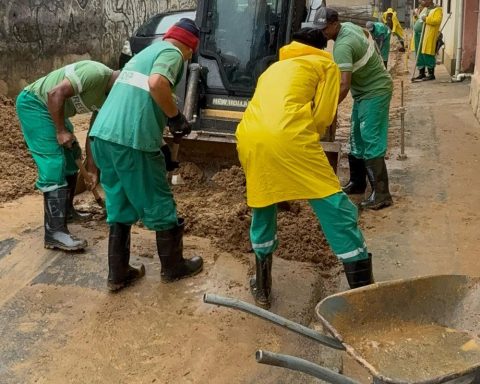MIAMI, United States. – A genetic study confirmed that the inhabitants of the rural community of La Ranchería and others in eastern Cuba are descendants of the Taino aborigines who inhabited the area before the Spanish conquest.
Furthermore, the study to which the news agency EFE had accessconfirms that although the Cuban indigenous people were decimated by the Spanish, they were not totally exterminated as some sources have maintained up to the present.
According to the results of the research, the members of 27 families from 23 communities in eastern Cuba present a proportion of Amerindian indigenous genes that is double the Cuban average on average.
DNA tests applied to 91 people indicate that they carry genes from female Amerindian ancestors, while all their male ancestors are European and, to a lesser extent, African.
As geneticist Beatriz Marcheco, from the National Center for Medical Genetics, explained to EFE, it can be estimated that all these people analyzed come from “between 900 and 1,000 Amerindian women” who lived in the 16th century.
Those responsible for the study believe that these women survived hiding in the remote areas that their descendants inhabit to this day and managed to escape the “demographic debacle of unimaginable dimensions” that the conquest of Cuba meant.
Cuban historians estimate that, due to the brutality of the conquistadores and new diseases, the island went from about 112,000 in 1492 to just between 3,000 and 5,000 five decades later.
“It is not unusual that our own books have for years, even the most recent, addressed the total extermination of the Amerindian component of our population. Indeed, we do not have closed communities, but we do have these people who have preserved those physical characteristics, who have that footprint in their DNA,” Marcheco pointed out.
Receive information from CubaNet on your cell phone through WhatsApp. Send us a message with the word “CUBA” on the phone +525545038831, You can also subscribe to our electronic newsletter by giving click here.




